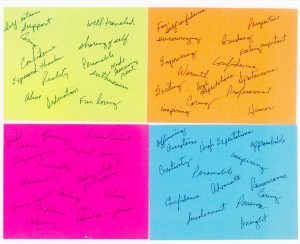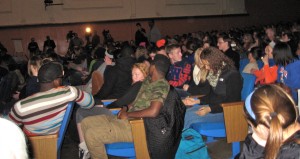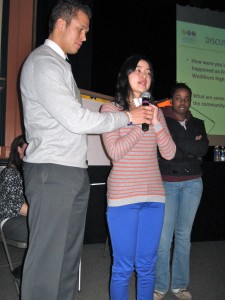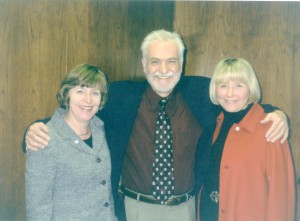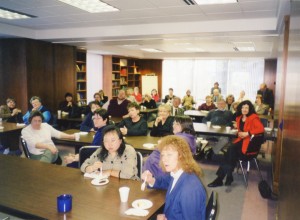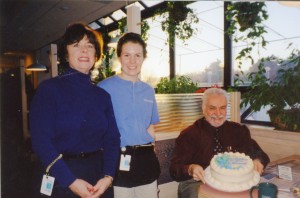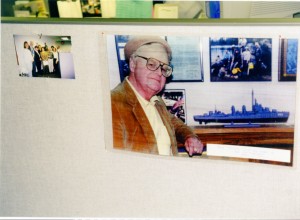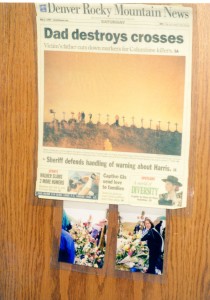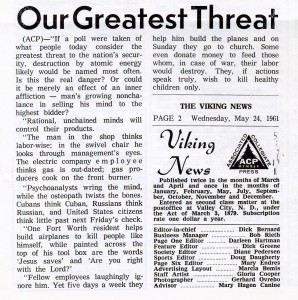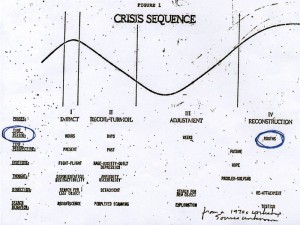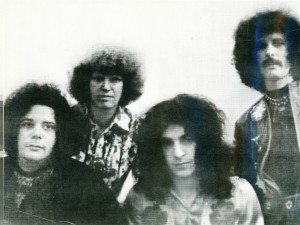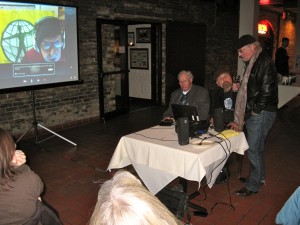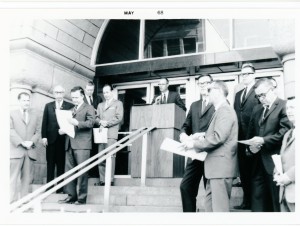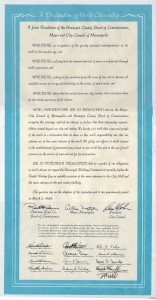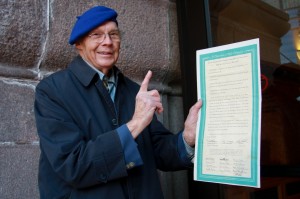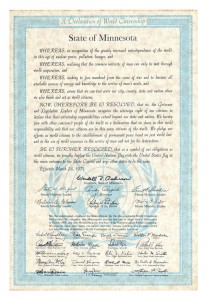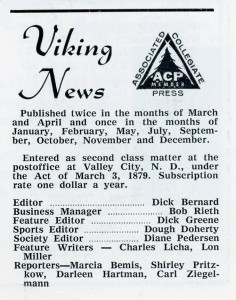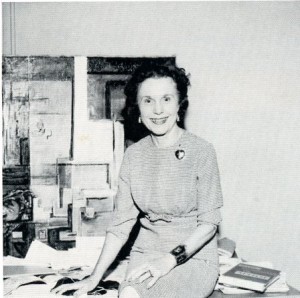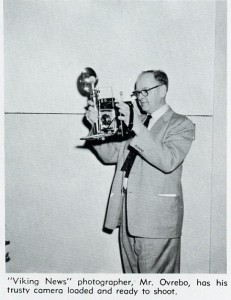#682 – Dick Bernard: The Bottom Line of Teaching, as Defined by Teachers who were Students, Once
A couple of weeks ago a friend, a retired educator, happened across me at a coffee shop and we took some time to catch up on this and that.
The conversation drifted around to teachers we had known, and George recalled the time when he had met with two other classmates who’d attended school together somewhere, back then.
The three were all successful in their chosen professions, and much to their surprise they all identified the same teacher who they remembered for one reason or another.
Later, George took the time to find out where the teacher might be living, found her and gave her a call to relate the story, and say thank you. She didn’t remember the students, but appreciated the phone call.
Not too long afterward, George remembered, he noticed a news item where an elderly lady had wandered away from home, and was found drowned.
That elderly lady was his memorable teacher from long ago.
He was glad he’d called her when he did.
The conversation thread reminded me of two identical workshops I had presented at the summer leadership conference of the Minnesota Education Association back in the mid-1990s.
These annual conferences were for teacher union leaders from locals small and large across the state of Minnesota.
For the workshops I decided that I would have an introductory exercise where I asked the participants – it turned out to be near 40 in all – to contemplate two questions:
1. Think about a school employee from your own school days who made a difference in your own life. (Every school employee is really a “teacher” of kids, I reasoned.) I asked them to focus on the first person who came to mind…we had limited time, after all.
2. Then, having chosen that single person, pick a word to describe what it was about this employee that made him or her impact on you.
Then they shared.
And there was almost no time to actually do the workshop I had planned.
The opening exercise essentially became the workshop.
So, what traits did these teachers select about that person who made a difference in their own life?
(click to enlarge; a printable list is here Educator Qualities001, and the list of words is reprinted at the end of this post.)
The descriptors are as they are.
You can analyze as you wish.
(It should be noted that one person in the workshop couldn’t identify anyone who’d made a positive difference in his life.
But that’s life too, isn’t it?)
If you know someone who deserves thanks, now is a good time, before it’s too late. And if they’re no longer “with us” (as my Dad used to say), thank somebody else who made your day a little brighter, sometime, and you just haven’t told them….
I have many additional thoughts on this topic, but I don’t want to interfere with your own….
The Qualities Identified at the Workshop (apha order):
Acceptance
Accessible
Advocate
Affirming (two mentions)
Alive
Approachable
Caring – (four mentions)
Challenge
Confidence – (four mentions)
Creativity
Dedication
Empowering
Encouraging – (two mentions)
Enthusiasm
Exciting
Expressed thanks
Feeling important
Friendly
Fun Loving
Fun – self confidence
Guiding
High expectations
Human Aspect
Humor
Impact
Insight
Inspiring – (two mentions)
Involvement
Made learning real
Making students feel special
Outgoing
Passion – (two mentions)
Personable – (two mentions)
Personal contact
Perspective
Pride
Professional
Reality
Reassurance
Self-esteem
Sharing of self
Spontaneous
Support
Valuing
Valued as a person
Vision
Warmth
Well-traveled

